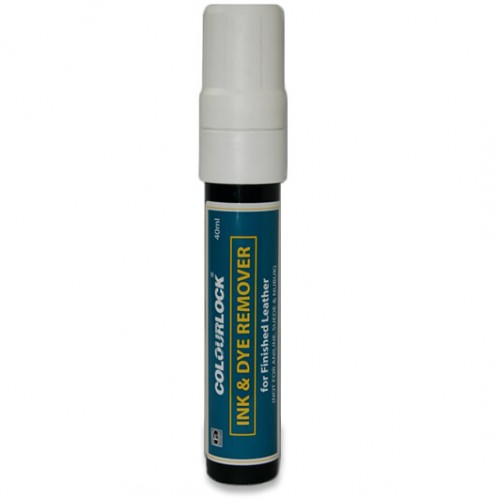Product Description
Flexifil has been developed to meet the requirements of heavy usage and extreme flexing on leather, such as heavily cracked seating cushions that come under constant use. An immensely elastic filler, once applied to leather it will never crack or flake out.
The product is quite viscous and should be applied to the leather with the use of a spatula or palette knife. It will sink into the cracks forming a strong bond with the leather. Do not put too much in, the Flexifil is self-levelling, therefore will flow evenly into each crack.
Use a hair drier to cure the filler, which should only take a few minutes to thoroughly dry. The product will shrink as it dries so several applications may be necessary. Each layer can be sanded so that it blends in with the leather smoothly.
Flexifil is a white paste that dries slightly transparent, however with the addition of up to 10% Leather Colourant you can change the colour of the Flexifil to match any colour of leather.
-

Suitable for use on a jacket
-

Suitable for lounges suites and softas
-

Suitable for use on shoes
-

Suitable for use on handbags
-

Suitable for use on car seats
Suitable For Aniline and semi-aniline leather
Suitable For Pigmented leather / topcoat leather
Suitable For Oil and wax pull-up leather
Suitable For Two-tone and mottled leather
Suitable For Rub-off / antique finished leather
Suitable For Bicast leather
Suitable For Vinyl and faux leather, including bonded leather
Not Suitable For Suede and nubuck
Q. What is the difference between Heavy Filler and Flexifil?
A. Our Heavy Filler is used for repairing damage such as rips, tears and holes. Whereas Flexifil is used fixing areas of cracking as it is extremely flexible.
Q. Can I add a grain effect to the Flexifil?
A. Yes, for best results we recommend using our Grain Repair. This is simply applied to the filler once it has dried and will replicate the grain, copying from the surrounding area of repair.
Q. Can I use this on vinyl and faux leather?
A. Yes, Flexifil will work on all types of vinyl or faux leather.
Q. Do I still need to colour over the Flexifil if it I add colourant into it?
A. Yes, but you will not need to apply as much Leather Colourant afterwards, making for a better finish. Any coloured filler will be a similar colour to the Leather Colourant version of the same colour, but not an exact match.
Q. My Flexifil seems to have thickened overtime, can it be thinned, if so, what with?
A. Yes, the Flexifil can be thinned by adding small amounts of Leather Binder into it, mixing thoroughly until you reach a similar viscosity as it was when it was new.
Q. The Flexifil doesn’t feel smooth with the leather, what can I do?
A. The Flexifil can be sanded smooth using 1200 wet and dry sandpaper. Sanding down the Flexfil will create a nice smooth, flush finish to the leather. You should then wipe this over with Alcohol Cleaner to remove any dust before proceeding to apply Grain Repair or Leather Colourant
Make sure the leather has been properly prepared.
For best results we recommend applying Leather Binder before Flexifil; this creates a much stronger base for the Flexifil to sit on.
Using a spatula or palette knife, lightly spread the filler over the cracked leather, following the direction of the cracks. The Flexifil will spread evenly into the cracks. It is best to apply several thin layers.
Allow the Flexifil to dry thoroughly. It will take roughly 1-2 hours to dry naturally, or within a few minutes with the use of a hair dryer.
Repeat the above process until the cracks are full.
The Flexifil can be sanded with 1200 grit sandpaper to create a smooth finish flush with the leathers surface. More Flexifil can be applied if required.
To finish, simply apply Leather Colourant onto the Flexifil.




